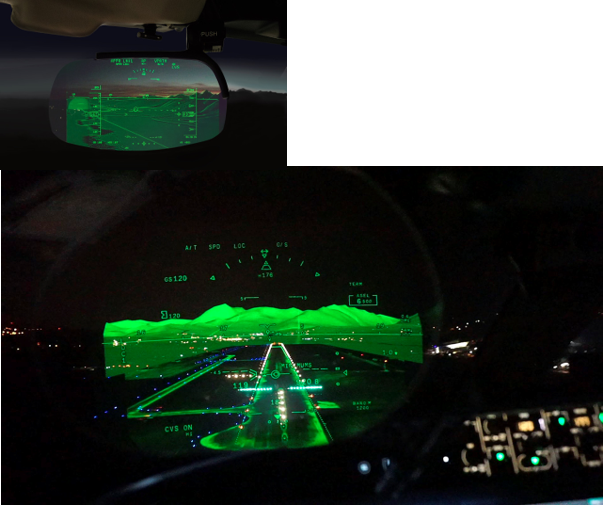This Solution was formerly part of PJ.03a-04-W1

Medium and small airfields have limited resources to invest in advanced ground infrastructure to support all weather operations. Emerging vision-based technologies offer an alternative, which is located on board the aircraft, uses existing infrastructure and published instrument approach procedures (IAP) and can be used by all aircraft types.
The solution refers to enhanced vision systems for landing (EFVS-L) operations, as defined per EU 2021/2237 Regulation. Supported by the use of active sensors with improved performance, this solution addresses observed limitations of EVS legacy sensors for such operations. In doing so it improves resilience in low-visibility conditions and faciltates accessibility to non-CATII/III airports.
Compared to standard infrared/visual systems, this new airborne active sensor technology performs better in degraded weather situations, in particular in low-ceiling overcast situations (i.e low hanging continuous clouds). The technology also provides visual cues much earlier in the approach phase of flight.
BENEFITS
- Increase accessibility
- Enhanced safety
- Increased resilience
- Improved predictability
